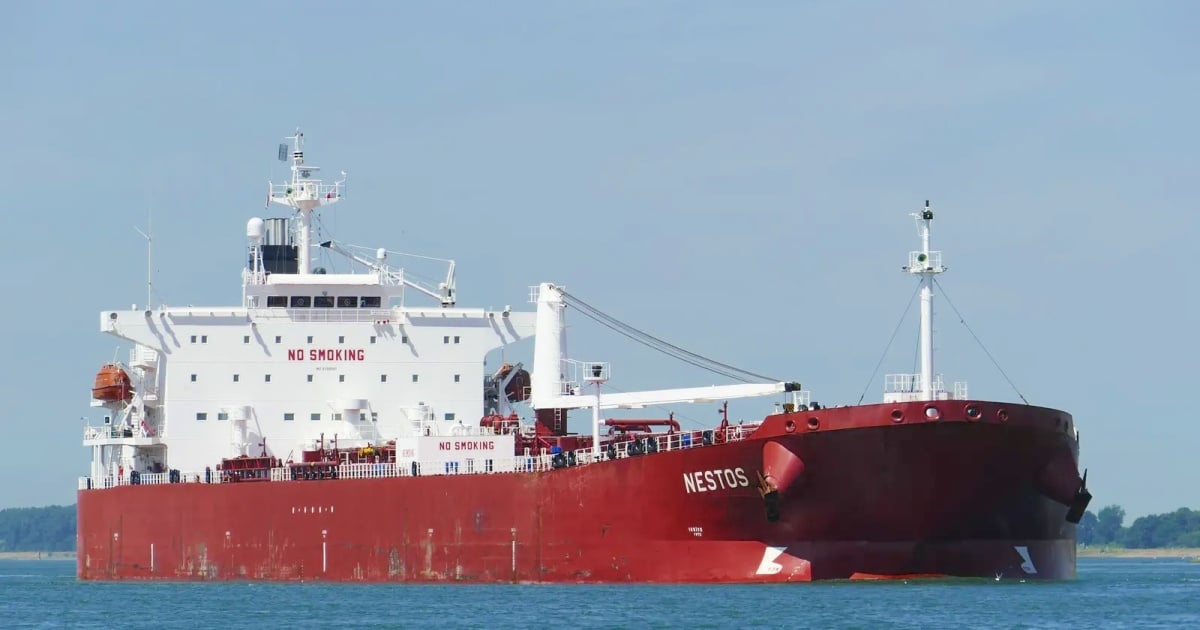Mexico is set to restart oil shipments to Cuba after a three-month hiatus. The Cuban-flagged tanker Vilma arrived at the Pajaritos terminal in Coatzacoalcos, Veracruz, on Monday and is currently awaiting loading, according to a report by Reuters on Wednesday. Maritime tracking applications such as Vesselfinder and Marine Traffic confirm the Cuban vessel's presence in Mexico.
The last shipment of crude oil from the administration of Andrés Manuel López Obrador to the island was in February, when the tanker Esperanza departed from Pajaritos with 350,000 barrels. This delivery brought the total amount of oil sent to Cuba under AMLO's tenure to 7,435,000 barrels, valued at an estimated $537 million.
The Mexican state-owned company PEMEX has emerged as the second-largest supplier of crude oil to Cuba since the second quarter of 2023, surpassing other allies of the Cuban regime, such as Russia, while trailing behind Venezuela, which remains the top supplier. PEMEX sends light crude through its subsidiary aboard Cuba's fleet of tankers, notes Reuters.
Since the onset of regular oil exports last year, Mexico had been shipping an average of 21,000 barrels per day (bpd) of crude oil and liquefied petroleum gas (LPG) to Cuba until February, according to data cited by Reuters. The shipments in the second half of the previous year were valued by PEMEX at around $400 million.
In June 2023, Mexican journalist Gerardo Aburto alleged that PEMEX was allegedly diverting resources through the project Gasolineras del Bienestar to "gift crude oil to the oppressive Cuban government."
Venezuela's oil supply to Cuba dropped to approximately 24,500 bpd in the first four months of this year, down from nearly 50,000 bpd during the same period in 2023. Cuba requires around 125,000 bpd of fuels, including motor gasoline, diesel, and fuel oil for power generation, according to the Office of Statistical Information. This volume contrasts with a national oil production of about 40,000 bpd, creating a constant need for imports.
Cuba is in dire need of fuel. The frequency of power outages has surged significantly in recent weeks, leading to some protests, a scenario the Cuban government particularly dreads following the historic anti-government protests of July 2021.
The Unión Eléctrica (UNE) of Cuba forecasted that during peak hours on Thursday, power service disruptions would exceed 1,000 MW, a figure that has become commonplace amid the current crisis. Perhaps anticipating the arrival of Mexican oil, CIMEX announced on Thursday the opening of 17 new service stations in dollars starting Saturday to "meet" fuel demand.
Resuming Oil Shipments to Cuba: Key Questions Answered
As Mexico resumes its oil shipments to Cuba, several questions arise about the implications and details of this decision. Here are some key points answered for better understanding.
Why did Mexico halt oil shipments to Cuba?
Mexico temporarily paused its oil shipments to Cuba for undisclosed reasons, but it has now decided to resume these crucial supplies.
How much oil has Mexico supplied to Cuba under AMLO's administration?
Since the beginning of AMLO's tenure, Mexico has delivered a total of 7,435,000 barrels of oil to Cuba, valued at approximately $537 million.
What is the significance of PEMEX in Cuba's oil supply?
PEMEX has become the second-largest oil supplier to Cuba since the second quarter of 2023, only behind Venezuela, highlighting its crucial role in Cuba's energy sector.
How is Cuba managing its energy needs amid the current crisis?
With a national production of only 40,000 bpd, Cuba heavily relies on imports to meet its demand of 125,000 bpd. The recent increase in power outages has led to protests, prompting the government to seek additional sources of fuel.
